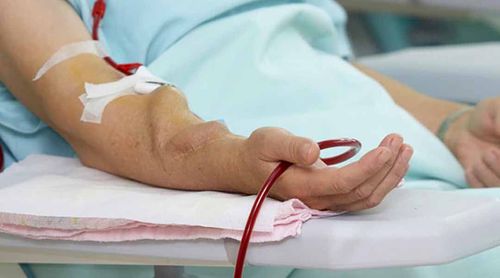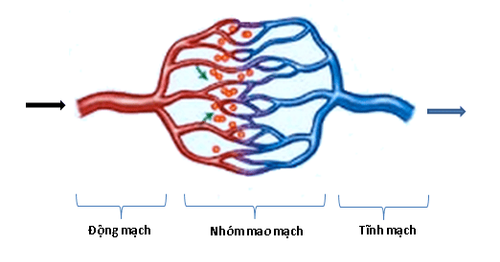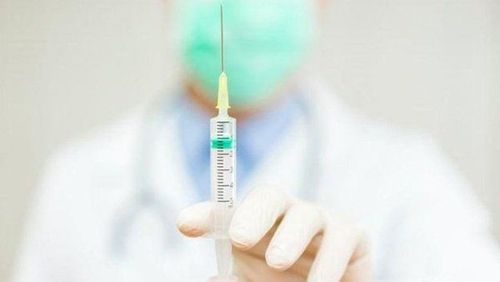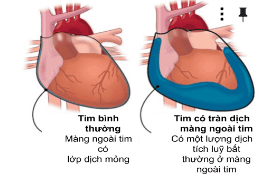This is an automatically translated article.
This article is professionally consulted by - Master, Resident, Specialist I Trinh Le Hong Minh - Department of Diagnostic Imaging - Vinmec Central Park International General Hospital.Computed tomography of the abdomen - The routine subframe is a method of examining the internal organs of the abdomen and the pelvic regions. This method is implemented on a multi-sequence receiver system. The specialist will perform a systematic examination from the diaphragm to the pubic joint of the patient.
1. Indications and contraindications to the method
Routine abdominal computed tomography - subframe is indicated and contraindicated in the following cases:
1.1. Point
Liver: Conditions of liver injury or liver tumor, hepatitis, liver abscess. Pancreas: Acute pancreatitis, chronic pancreatitis, pancreatic tumor. Spleen: Injuries to the spleen, tumors in the spleen. Bile - Gallbladder: Gallstones of the bile ducts, cholangiocarcinomas, gallstones, gallbladder tumors. Gastrointestinal tract: Tumor diseases, gastrointestinal inflammation, trauma, gastrointestinal bleeding. Suspected appearance of intra-abdominal or pelvic abscesses, mesenteric tumors. Suspected omental necrosis, mesenteric fatty mane...
1.2. Contraindications
The method has no absolute contraindications but only relative contraindications in the following cases:
There is a history of allergy to contrast dyes (drugs used in CT scans to clearly show images diagnostic area). If no other imaging method can be used other than tomography, the patient will be treated for desensitization for 3 days. In case of an emergency, the method is still applied, but a backup anti-shock medicine box is prepared. Patients who are pregnant in the first week should consider before performing.
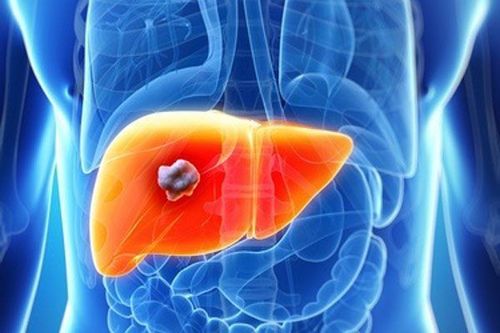
Chụp cắt lớp vi tính bụng - tiều khung thường quy được chỉ định đối với bệnh nhân bị áp xe gan
2. Preparation before performing routine abdominal - subframe computed tomography
2.1. Executor
Doctor of diagnostic imaging. Skilled and experienced radiology staff, well versed in manipulations during the imaging process. Nursing staff.
2.2. Shooting media
Computerized tomography machine. Dedicated electric pump. System for storing and exporting images.
2.3. Medical supplies used when taking pictures
10ml and 20ml syringes, 18-20G needles and syringes are used for the above specialized electric pumps. Water-soluble iodine contrast agent. Antiseptic solution for skin and mucous membranes Physiological saline or distilled water. Protective gloves, masks, sterile hats. Sterile surgical gauze. Surgical forceps, bean tray. First aid tools and drugs in case of patients with contrast-enhanced shock.
2.4. The person who took the photo
The patient must have a written order for a computed tomography scan of the abdomen - subframe. Before the procedure, the patient will be explained by the specialist doctor about the method and possible problems during the procedure. Remove metal objects on the body such as earrings, hairpins, necklaces... Before taking pictures, you should fast if you use contrast agents, you can drink fruit juice or drink milk, but the amount you drink into the body. may not exceed 100ml. If the patient shows signs of excitement or fear, it should be reassured or sedated.
3. Steps to perform routine abdominal - subframe computed tomography.
3.1. Some techniques in the method
Patient position: Lie on your back, arms raised above your head to avoid affecting the image. Hold your breath while shooting to avoid image noise. Contrast drug is water soluble, the dose is 1.5-2 ml per 1 kg of body weight. Contrast injection technique: Fast, the minimum injection speed is about 3ml/s, it is recommended to use a pump to control the dose well. The reasonable injection rate of contrast agent is about 4-5ml/s. Perform computed tomography before and after contrast injection, cross-sectional layers of the entire abdomen and pelvis starting from the diaphragmatic dome to the pubic joint. Each cut has a thickness of about 5 to 8mm, for small lesions it is recommended to focus on cuttings with a thickness of 3mm. Depending on the size of the individual, the doctor will change the field of view accordingly. To evaluate the entire soft tissue, bone, fat, gas, it is necessary to change the width of the window during manipulation.
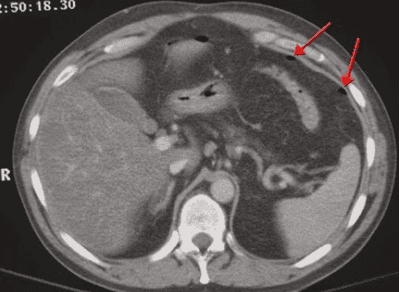
Tiến hành chụp cắt lớp vi tính bụng - tiểu khung thường quy
3.2. Progress
Computed tomography before contrast injection
Initially locate the lesion sites to perform tomography after contrast injection. Due to the density of the suspected lesion to evaluate the following factors: whether the lesion is fatty or not, whether there is bleeding or calcification, evaluate the extent of enhancement of the lesion after injectable computed tomography. optical. Measure the density of fluid structures within the abdomen to assess whether this is pure fluid or bleeding infection. Evaluation of the contrast release status of patients after injection. Computed tomography after contrast injection
Situation from the time of injection, after 25-35s, the arteries will be taken, purpose: Detect signs of arteriovenous malformation: current aneurysm early drainage circuit. Detection of perfusion disorders in the parenchyma of solid organs. Assess the vascular richness of tumor lesions. Detection of vascular malformations in the gastrointestinal tract. Active bleeding due to visceral trauma causes drug to leak outside the lumen. After 60-70s from the time of drug injection, venography: Assess whether the drug is excreted quickly or slowly in tumor lesions. Clearly show lesions such as broken lines in visceral organs, lesions in the form of concussion foci. Late capture: Depending on the specific case of each patient, the scan will be taken at different times.
4. Complications and treatment
Complications related to contrast drugs: Handle strictly according to the instructions issued by the Ministry of Health. During the procedure, the patient's uncooperativeness will affect the image quality and must be performed again. After performing a routine abdominal computed tomography (CT) scan, the doctor will check to see if the technique is correct for the arterial and venous phases. Check the appropriate amount of contrast agent used and evaluate the image quality.
Before taking a job at Vinmec Central Park International General Hospital, the position of Doctor of Radiology since February 2018, Doctor Trinh Le Hong Minh used to work as a resident in the Radiology Department at Vinmec Central Park. hospitals: Cho Ray, University of Medicine and Pharmacy, Oncology, People's Gia Dinh, Trung Vuong... from 2012-2015. Officially worked at Cho Ray Hospital from 2015-2016, City International Hospital from 2016-2018.
For advice and answers on routine abdominal - subframe computed tomography, please contact Vinmec International General Hospital here.






